
The House of Habsburg, also known as the House of Austria, was one of the most prominent and important dynasties in European history.
The 1300s was a decade of the Julian Calendar that began on 1 January 1300 and ended on 31 December 1309.
The 1310s was a decade of the Julian Calendar which began on January 1, 1310, and ended on December 31, 1319.
The 1320s was a decade of the Julian Calendar which began on January 1, 1320, and ended on December 31, 1329.
The 1380s was a decade of the Julian Calendar which began on January 1, 1380, and ended on December 31, 1389.
The 1350s was a decade of the Julian Calendar which began on January 1, 1350, and ended on December 31, 1359.
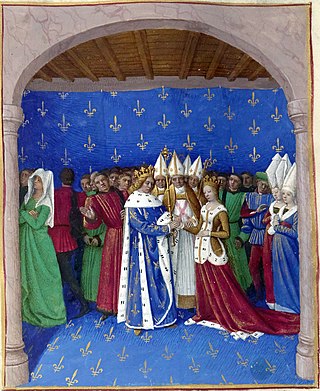
Year 1322 (MCCCXXII) was a common year starting on Friday of the Julian calendar.
The 1370s was a decade of the Julian Calendar which began on January 1, 1370, and ended on December 31, 1379.
The 1330s was a decade of the Julian Calendar which began on January 1, 1330, and ended on December 31, 1339.
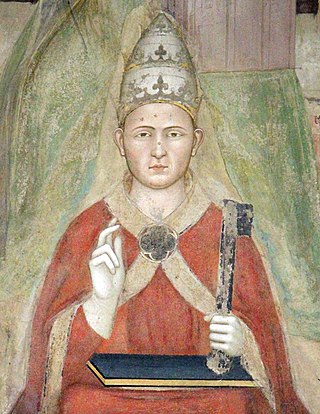
Year 1305 (MCCCV) was a common year starting on Friday of the Julian calendar.

Year 1319 (MCCCXIX) was a common year starting on Monday of the Julian calendar.

Year 1327 (MCCCXXVII) was a common year starting on Thursday of the Julian calendar.

Rudolf I was the first King of Germany of the Habsburg dynasty from 1273 until his death.

The Duchy of Carinthia was a duchy located in southern Austria and parts of northern Slovenia. It was separated from the Duchy of Bavaria in 976, and was the first newly created Imperial State after the original German stem duchies.

The Counts of Celje or the Counts of Cilli were the most influential late medieval noble dynasty on the territory of present-day Slovenia. Risen as vassals of the Habsburg dukes of Styria in the early 14th century, they ruled the County of Cilli as immediate counts (Reichsgrafen) from 1341. They soon acquired a large number of feudal possessions also in today's Croatia and Bosnia. They rose to Princes of the Holy Roman Empire in 1436. The dynasty reached its peak with Ulrich II of Cilli, but with his death in 1456 they also died out, and after a war of succession, the Habsburgs inherited their domains.
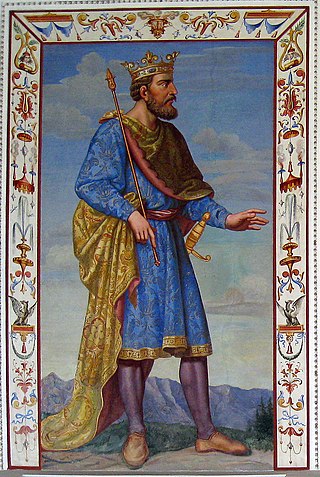
Henry of Gorizia, a member of the House of Gorizia, was Duke of Carinthia and Landgrave of Carniola and Count of Tyrol from 1295 until his death, as well as King of Bohemia, Margrave of Moravia and titular King of Poland in 1306 and again from 1307 until 1310. After his death, the Habsburgs took over Carinthia and Carniola and held them almost without interruption until 1918.
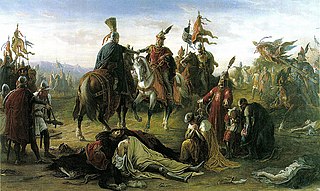
The Battle on the Marchfeld ; Polish: Bitwa pod Suchymi Krutami at Dürnkrut and Jedenspeigen took place on 26 August 1278 and was a decisive event for the history of Central Europe for the following centuries. The opponents were a Bohemian (Czech) army led by the Přemyslid king Ottokar II of Bohemia and the German army under the German king Rudolph I of Habsburg in alliance with King Ladislaus IV of Hungary. With 15,300 mounted troops, it was one of the largest cavalry battles in Central Europe during the Middle Ages. The Hungarian cavalry played a significant role in the outcome of the battle.
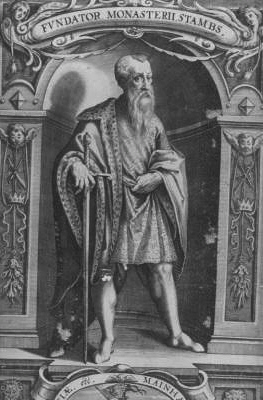
Meinhard II, a member of the House of Gorizia (Meinhardiner), ruled the County of Gorizia and the County of Tyrol together with his younger brother Albert from 1258. In 1271 they divided their heritage and Meinhard became sole ruler of Tyrol. In 1286 he was enfeoffed with the Duchy of Carinthia and the adjacent March of Carniola.

The Duchy of Austria was a medieval principality of the Holy Roman Empire, established in 1156 by the Privilegium Minus, when the Margraviate of Austria (Ostarrîchi) was detached from Bavaria and elevated to a duchy in its own right. After the ruling dukes of the House of Babenberg became extinct in male line, there was as much as three decades of rivalry on inheritance and rulership, until the German king Rudolf I took over the dominion as the first monarch of the Habsburg dynasty in 1276. Thereafter, Austria became the patrimony and ancestral homeland of the dynasty and the nucleus of the Habsburg monarchy. In 1453, the archducal title of the Austrian rulers, invented by Duke Rudolf IV in the forged Privilegium Maius of 1359, was officially acknowledged by the Habsburg emperor Frederick III.

The grand title of the emperor of Austria was the official list of the crowns, titles, and dignities which the emperors of Austria carried from the foundation of the empire in 1804 until the end of the monarchy in 1918.













